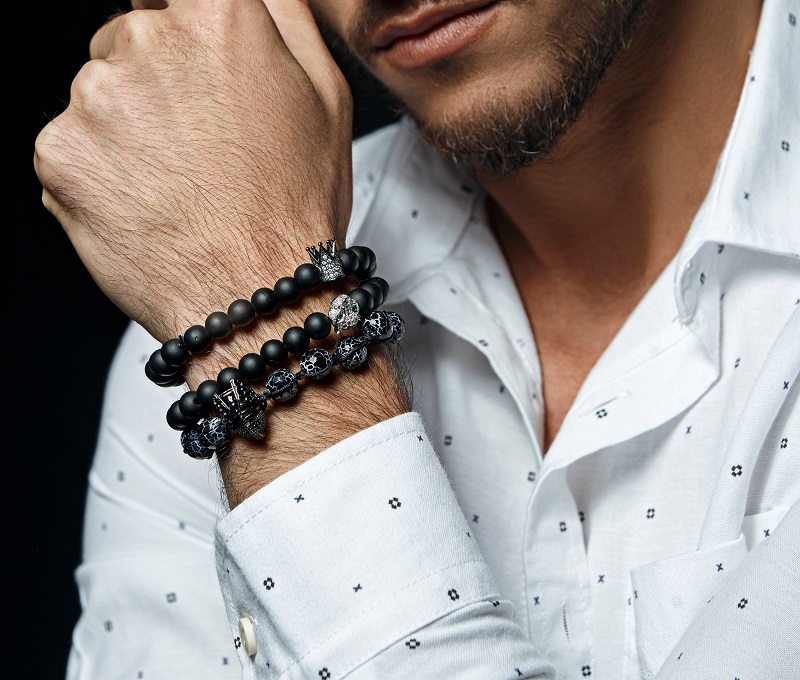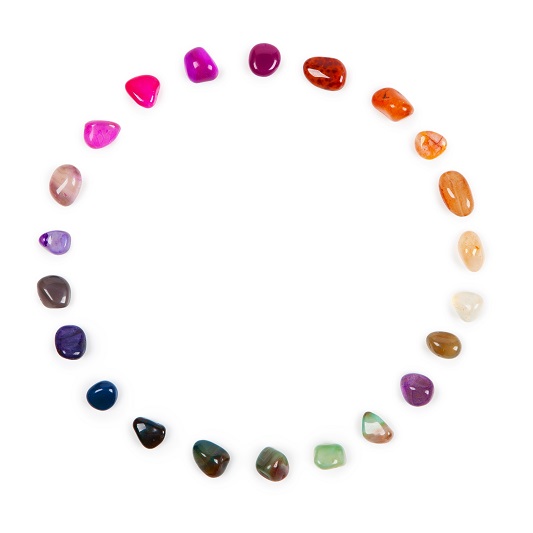Jewellery Stone Setting Types

Gemstone of the Week: Ruby
24th August 2017
Jewellery or Candy? The House of Bulgari
1st September 2017When it comes to choosing jewellery, everybody has their own personal preference in terms of style. Both high street and high-end jewellery shops have been around for thousands of years, each displaying their own personal array of exclusive gem set jewellery. No longer are the days when the most important decision to be made when picking out jewellery was the type of stone itself; today picking out the colour, size, cut and setting of the jewellery all seem to be of equal importance, so it’s no surprise that choosing a special piece of jewellery such as an engagement ends up turning out to be incredibly stress-inducing.
One common differentiating factor between different jewellery appearances is the type of setting of the stone hold within the piece, which is what we’ll look at today. In this article, we explore some of the most popular stone settings, as well as the benefits of each individual style, in addition to the possible negatives.
Prong or Claw Setting
The Prong or Claw setting is one of the most popular in jewellery applications worldwide, due to its inexpensive nature. Usually made from a precious metal, the prongs are often made up of either gold, silver or even occasionally in more expensive pieces, platinum. To provide space for the stone to sit in the piece of jewellery, part of each of the prongs is carved away, while the stone is set in place. To secure the gemstone, the claws are then pressed in, sometimes with the aid of a special hammer. Coming in a variety of different styles, 4 and 6 prong jewellery pieces are two of the most readily available, with 4 prongs boasting more of the beautiful jewel, but 6 adding additional security and peace of mind.
This type of setting is an incredibly popular choice within engagement rings, due to the nature of the setting showing off and emphasising the stone held within. One negative point to prong set jewellery is the dirt that can become trapped within the claws and the stone, proving difficult to remove on many occasions. The annoying ability of the claw tips catching on clothing is something to also consider, as well as sometimes, in addition, catching on the skin which is definitely something that should be thought about if you are often around small children. To minimise the risk of any of those things happening, prong set jewellery should be checked and cleaned frequently, getting the jewellery tightened if necessary.
Bezel Setting
Consisting of metal rim surrounding the stone to keep it in place, bezel set jewellery is one of the oldest types of setting. If you are interested in opting for a more traditional look, then this type of setting may be something to consider. The stone is highly secure in the jewellery, proving to be a popular choice among people who have a highly active lifestyle, as there is less chance of the stone breaking and pieces shattering off. If you are interested in the bezel style of setting but would prefer a more modern appearance to the piece, half bezel settings are now readily available which provide the security of the traditional bezel setting, with the look of something a little more modern.
Although popular in many ways, a downside of the setting it the expense you will need to fork out to get your hands on one of the beautiful pieces. They are much more expensive to create than prong or claw set jewellery, because the rim surrounding the stone must fit perfectly in shape and size; this also means that more metal is required, which contributes to the price racking up.
Channel and Pavé Setting
Often referred to as an “invisible setting”, then channel setting displays a single row of stones with no metal visible in-between each one. The elegant style tends to be best suited for smaller stones with straight sides, so they sit perfectly within the jewellery with no exposed edges. In a channel setting, the stones set are often used as side stones, working together to emphasise the central gemstone on the piece, most often bigger in size and is displayed as the main event. Although often used as side stones, the channel setting is also commonly used to display a row of continuous little stones, often being given the name of an “anniversary” or “eternity” ring. One of the big selling points of this type of setting is the elegant feel it gives to the jewellery, with the appearance of a completely smooth, uninterrupted surface which may be preferable to some people over a setting with a main, single stone. Another great option for people who have a more active lifestyle, as the gems are kept well protected because no edges are exposed.
A similar setting style to that of the channel is the Pavé setting. Almost identical in appearance, the only difference between the two is that instead of having a single row of stones, the pavé setting holds multiple rows of stones together in unison, giving the effect of the jewellery literally being paved with gemstones, hence the name. Although popular in many ways, one disadvantage of an invisible setting such as the channel or pavé is that the ring may prove difficult to resize at a later date, due to the high quantity of stones, often almost completely surrounding the band.
With so many different settings out there, whether you’re most interested in emphasising a beautiful, bold central stone, or having an elegant line of invisibly set gems is more up your street, there is something for everybody.




